
ARTICLES

Climate Disclosure Mandates: How Real Estate Must Adapt
Climate disclosure mandates are transforming real estate. With buildings responsible for nearly 40% of energy-related emissions, regulators in New York, the UK, and the US are requiring developers, landlords, and REITs to report greenhouse gas emissions, climate risks, and decarbonisation strategies. Far from being a compliance exercise, these rules drive long-term resilience, unlock green finance, and differentiate sustainable assets in a market where transparency and ESG performance are increasingly linked to value.

The Sustainability Officer: Construction’s Newest Must-Have Role
The rise of sustainability officers is reshaping construction and real estate. As ESG regulations, investor expectations, and client demands intensify, having a dedicated professional to bridge corporate strategy and on-site practice is no longer optional. Sustainability officers drive carbon reduction, green procurement, circular economy initiatives, and compliance with standards like CSRD, IFRS S2, and BREEAM—turning net-zero ambitions into measurable outcomes while enhancing competitiveness, reputation, and cost efficiency.

IoT for Sustainability: Smart Buildings, Smart Savings
Behind the sleek façades of modern offices, an invisible digital ecosystem is driving a quiet revolution. The Internet of Things (IoT) is turning ordinary buildings into intelligent, responsive environments - cutting energy use, improving comfort, and reducing costs. From smart lighting and HVAC systems to predictive maintenance and water monitoring, IoT is proving that sustainability and efficiency go hand in hand. This article explores how connected technology is transforming both new developments and retrofits, helping property owners meet ESG goals and future-proof their assets.

Green Premium vs Brown Discount: Does Sustainability Pay?
The real estate market is undergoing a quiet revolution. Once, developers and investors chased the “green premium” - the idea that sustainability could boost rents and asset values. Now, the conversation has shifted: unsustainable buildings are being left behind. From rising vacancy rates in inefficient London offices to higher borrowing costs for carbon-heavy assets, the “brown discount” is reshaping investment strategy. This article explores how ESG performance now drives returns, finance, and long-term value - and why building green is no longer optional, but essential.

Mass Timber Revolution: Are Wooden Skyscrapers the Future?
Timber is making a dramatic return to the skyline. Once confined to cottages and cabins, wood is now the star of a new generation of sustainable high-rises. Thanks to innovations in engineered “mass timber” such as CLT and glulam, wooden skyscrapers are strong, low-carbon, and breathtakingly beautiful. From Norway’s Mjøstårnet to Milwaukee’s Ascent Tower, this article explores the rise of timber towers, their carbon-storing potential, the challenges of safety and scale, and how they’re reshaping the future of urban architecture.

Green Infrastructure: Nature-Based Solutions Transforming Cities
As climate risks intensify, cities are turning to nature—not away from it. Green infrastructure is reshaping urban resilience by blending natural systems into the built environment through parks, rain gardens, green roofs, and urban forests. From New York’s High Line to Singapore’s supertrees and the UK’s new Green Infrastructure Framework, this article explores how nature-based solutions are cooling cities, cutting flood risk, restoring biodiversity, and improving quality of life for urban communities.

CSRD, IFRS S2 & More: The New Alphabet Soup of Sustainability Reporting
Sustainability reporting is no longer optional—it’s a licence to operate in construction and real estate. With CSRD, IFRS S1/S2, TCFD, GRI, and ESRS reshaping disclosure rules, companies must adapt quickly or risk losing access to capital and clients. This article unpacks the “alphabet soup” of frameworks, explains what they mean for the built environment, and outlines a practical roadmap for turning compliance into competitive advantage.
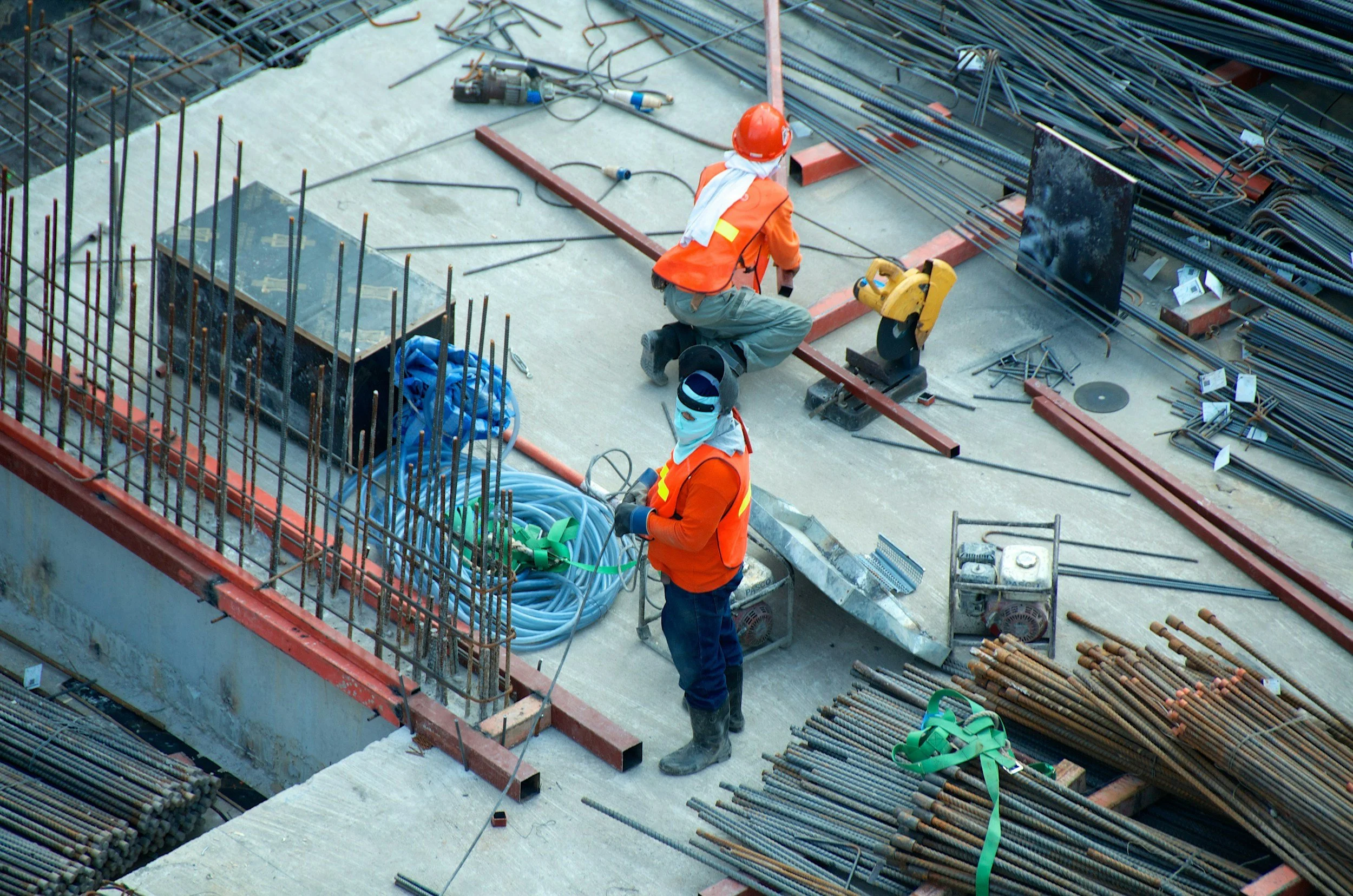
Building a Green Culture: Getting Construction Teams Onboard
True sustainability in construction goes beyond technology and certifications—it starts with people. Building a green culture ensures that project teams, site supervisors, and office staff understand, embrace, and act on sustainability every day. This article explores strategies for fostering engagement, leadership approaches that inspire change, and practical initiatives—from toolbox talks to incentive programmes—that turn green practices into shared pride and lasting impact on construction sites.

Digital Twins: The Virtual Key to Sustainable Cities
Digital twins are transforming how cities and buildings are designed, built, and managed - offering a virtual testbed for climate resilience and net zero strategies. From optimising building energy use to simulating city-wide flood defences or transport flows, digital twins turn complex urban data into actionable insights. This article explores how architects, developers, and city leaders are using digital twins to cut carbon, improve efficiency, and create more sustainable, liveable places.

ESG Due Diligence: The New Must-Have in M&A
ESG has rapidly become a cornerstone of mergers and acquisitions in real estate and infrastructure, reshaping how deals are valued and risks assessed. Beyond financial and legal checks, buyers now scrutinise carbon footprints, climate risks, labour practices, and governance standards as part of pre-acquisition due diligence. This article explores the rise of ESG in M&A, the red flags investors watch for, and how proactive firms are uncovering hidden value through sustainability and social impact strategies.

Carbon-Eating Concrete: Hype or Game-Changer?
Concrete is responsible for around 8% of global CO₂ emissions, but a new wave of “carbon-eating” technologies is challenging its reputation as one of the world’s dirtiest materials. From CO₂-injected mixes to limestone calcined clay cement (LC³), innovators are finding ways to lock carbon into concrete or reduce clinker use altogether. This article explores the science behind carbon-sequestering concretes, the promise and limitations of emerging solutions, and what it will take for these materials to move from pilot projects to mainstream construction.

Reimagining Infrastructure: Greener Roads & Bridges
From plastic-modified asphalt to self-healing concrete, the world’s roads and bridges are entering a new era of innovation. As infrastructure accounts for a major share of global carbon emissions, engineers and policymakers are embracing low-carbon materials, multifunctional designs, and climate-resilient systems to build smarter, greener networks. This article explores the cutting-edge technologies, policy drivers, and investment strategies reshaping infrastructure—transforming highways and bridges into sustainable assets for a net-zero future.

The Rise of ESG: Why It Matters for Construction and Real Estate
ESG (Environmental, Social, and Governance), has become a defining benchmark for success in construction and real estate, influencing investment decisions, client relationships, and competitive advantage. As frameworks like GRESB, BREEAM, LEED, and the EU Taxonomy reshape industry expectations, firms must navigate a complex landscape of metrics, disclosures, and stakeholder demands. This article breaks down the major ESG standards, explains how to identify the most relevant metrics, and offers practical steps to turn compliance into lasting business value.
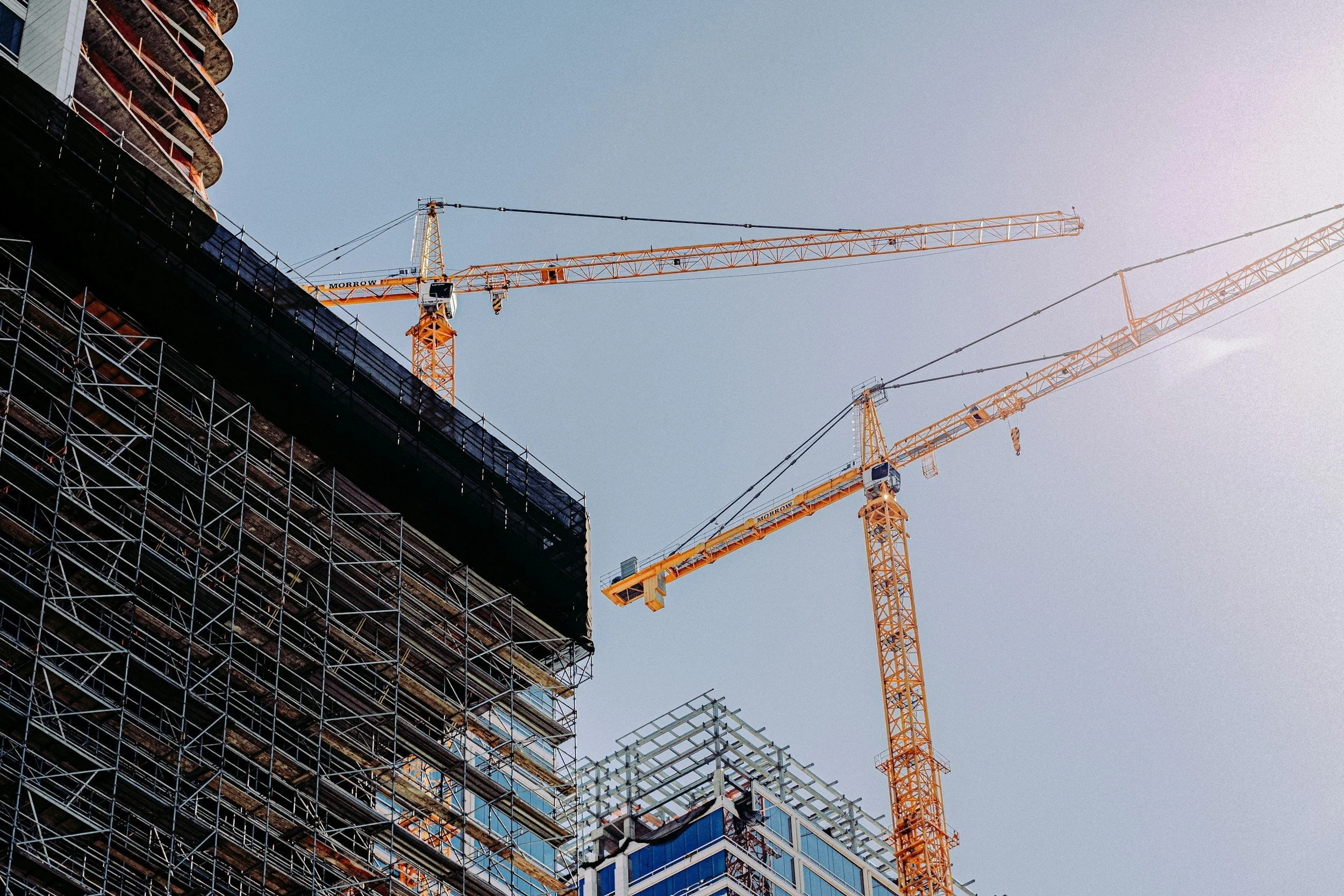
The Efficient Use of GGBS in Reducing Global Emissions: A Balanced Approach
GGBS (Ground Granulated Blast Furnace Slag) is widely used in sustainable construction to reduce the carbon footprint of concrete by replacing high-emission Portland cement. But while its environmental benefits are clear, its global availability is limited and unevenly distributed. This article explores a balanced approach to GGBS us, one that weighs technical necessity, supply chain strength, and alternative SCM, offering a strategic framework for reducing emissions without unintended consequences.

Reimagining Glass: Unlocking the Potential of Reuse in Sustainable Construction
Glass reuse is gaining momentum in sustainable construction, offering a circular solution to the high environmental cost of traditional glass production and disposal. With around 200,000 tonnes of building glass landfilled annually in the UK, innovative strategies like architectural reuse, foamed glass insulation, and cullet-based concrete are helping the industry cut emissions and conserve resources. This article explores the environmental case for glass reuse, practical applications, and the design, quality, and collaboration needed to scale its adoption across the built environment.
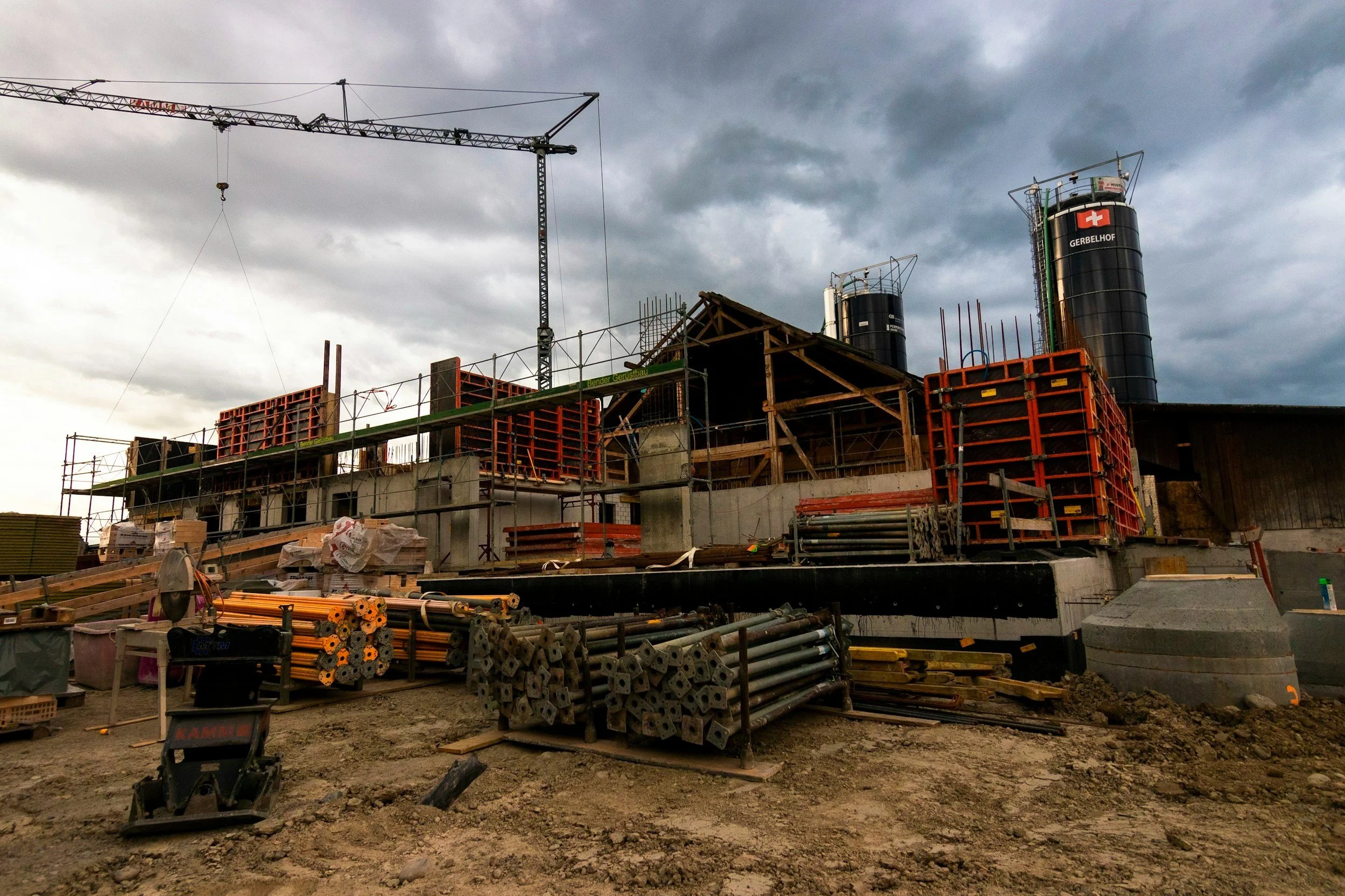
Life Cycle Assessments: Understanding the Full Impact of Building Materials
Life Cycle Assessment (LCA) is becoming an essential tool in sustainable construction, helping the UK industry evaluate the full environmental impact of building materials from cradle to grave. By assessing carbon emissions, energy use, and waste across a material’s lifecycle, LCA enables architects, engineers, and builders to make smarter, greener choices. From low-carbon concrete to recycled façades, this article explores how LCA is transforming material selection, design strategies, and compliance with standards like BREEAM - paving the way for a more resilient, low-carbon built environment.

The UK’s Modern Industrial Strategy: Charting a Decade of Ambition
The UK’s new Modern Industrial Strategy marks a bold departure from decades of economic short-termism, laying out a ten-year roadmap for national prosperity, resilience, and regional renewal. With £86 billion in R&D and £725 billion in infrastructure investment, the strategy prioritises clean energy, advanced manufacturing, digital innovation, and place-based growth. But success depends on more than ambition—it requires delivery, partnership, and sustained commitment to skills, regulation, and inclusive growth across every region of the UK.
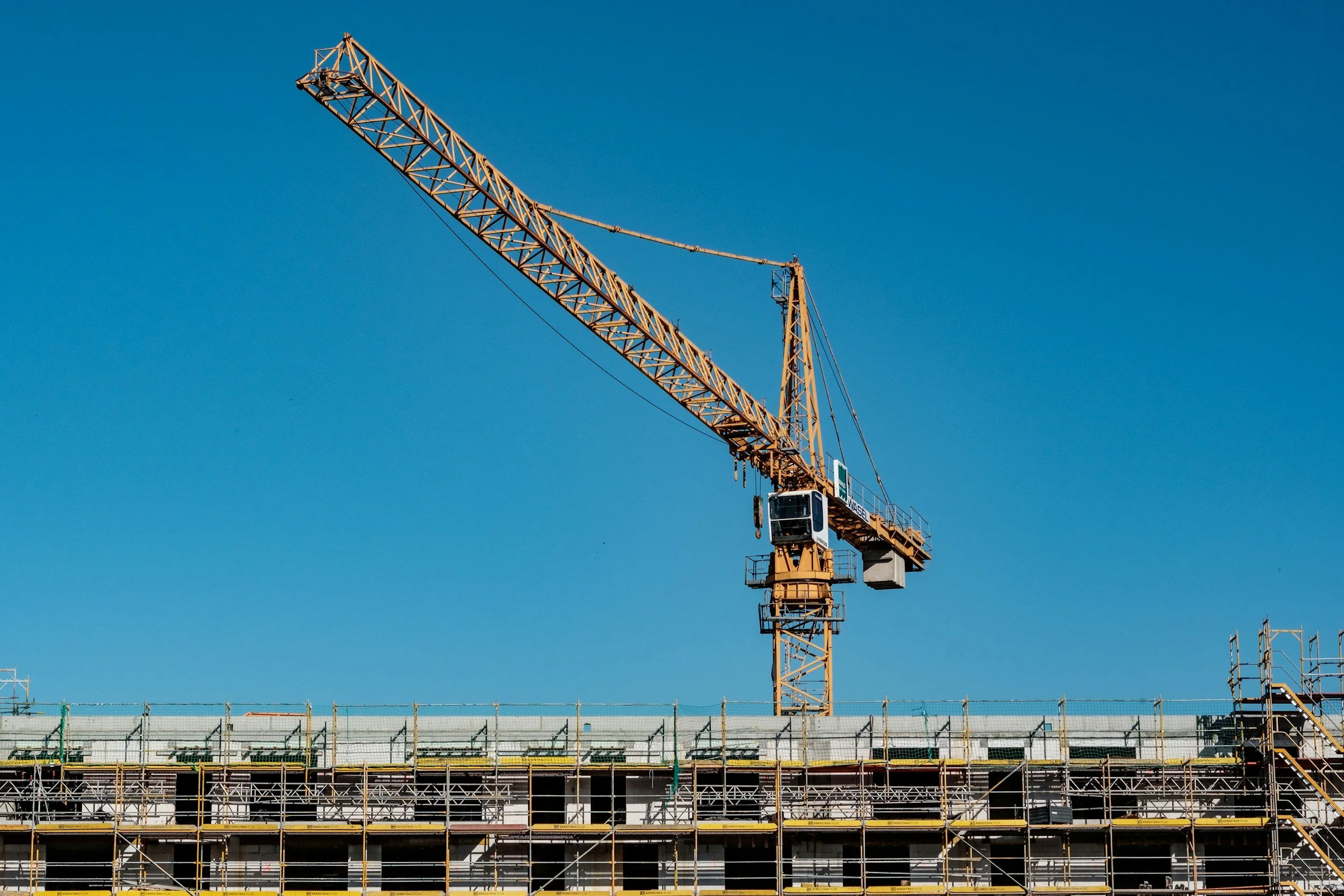
UK growth plan misses the real construction prize
Despite rapid technological progress across the UK economy, construction productivity has barely improved in two decades, growing just 0.4% annually. As policymakers focus narrowly on land use and planning reform, they risk missing the deeper structural issues holding the sector back: skills shortages, industry fragmentation, and widespread inefficiency. This article argues for a bold, integrated strategy, combining digital transformation, modern methods of construction, and workforce upskilling, to unlock construction’s full economic potential and position the UK as a global leader in modern building practices.

Why sustainable construction makes commercial sense
As climate records continue to be broken, the construction industry faces a pivotal choice: remain part of the problem or lead the way toward a sustainable future. With the built environment responsible for nearly 39% of global emissions - including embodied carbon from cement and steel - the challenge is immense. But as CIOB Vice-President Saul Humphrey argues, this moment presents a powerful opportunity for the industry to become a driver of climate solutions, embracing innovation, reducing impact, and rebuilding with the planet in mind.
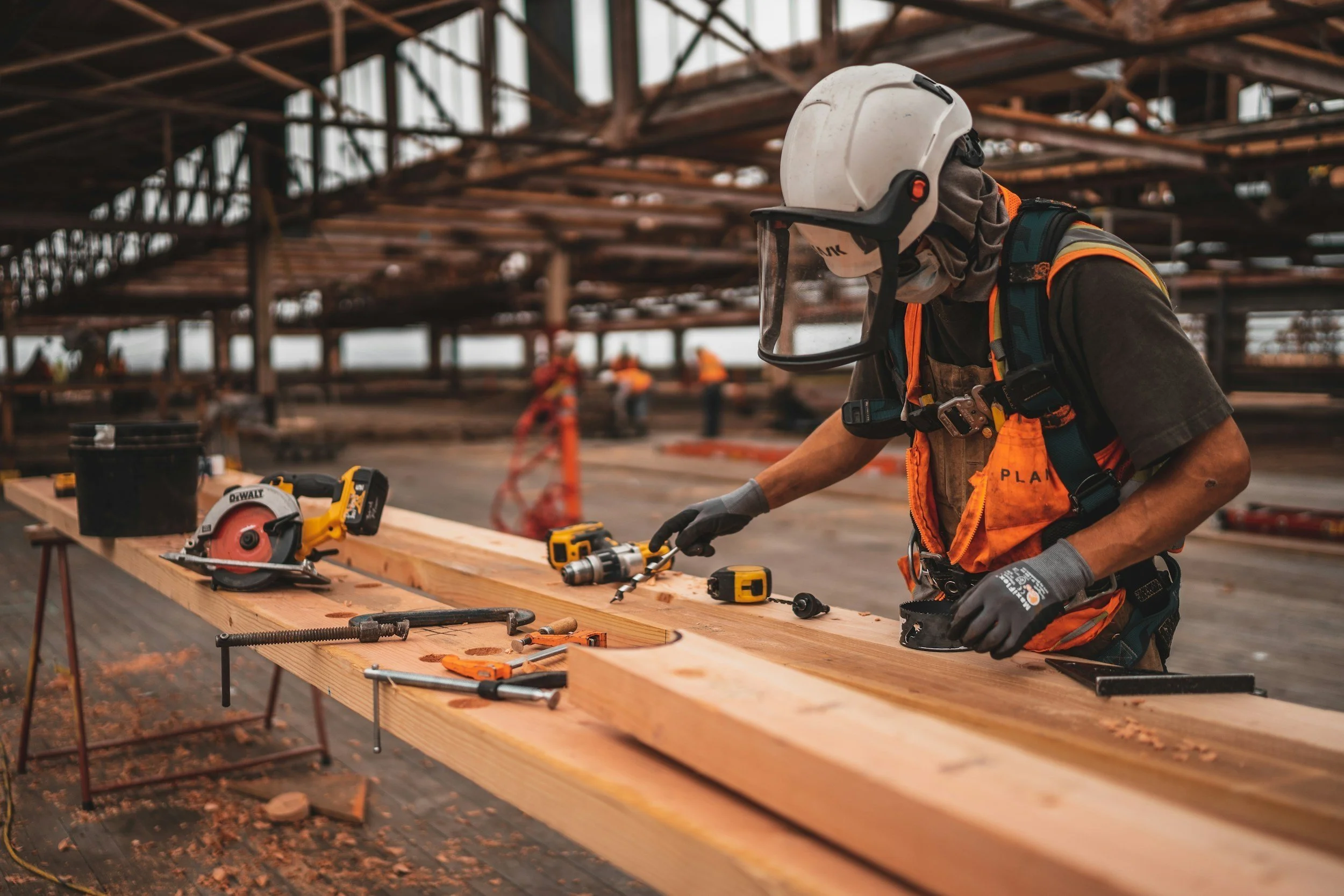
ESRS E5: Resource Use and Circular Economy in Construction
ESRS E5 is set to transform the construction industry by mandating transparency in how materials are sourced, used, and managed. Focused on circular economy principles, this EU sustainability reporting standard requires developers, contractors, designers, and investors to prioritise resource efficiency, material reuse, and waste reduction. For firms ready to adapt, ESRS E5 offers a competitive edge—delivering lower costs, improved investor confidence, and alignment with the future of sustainable construction.